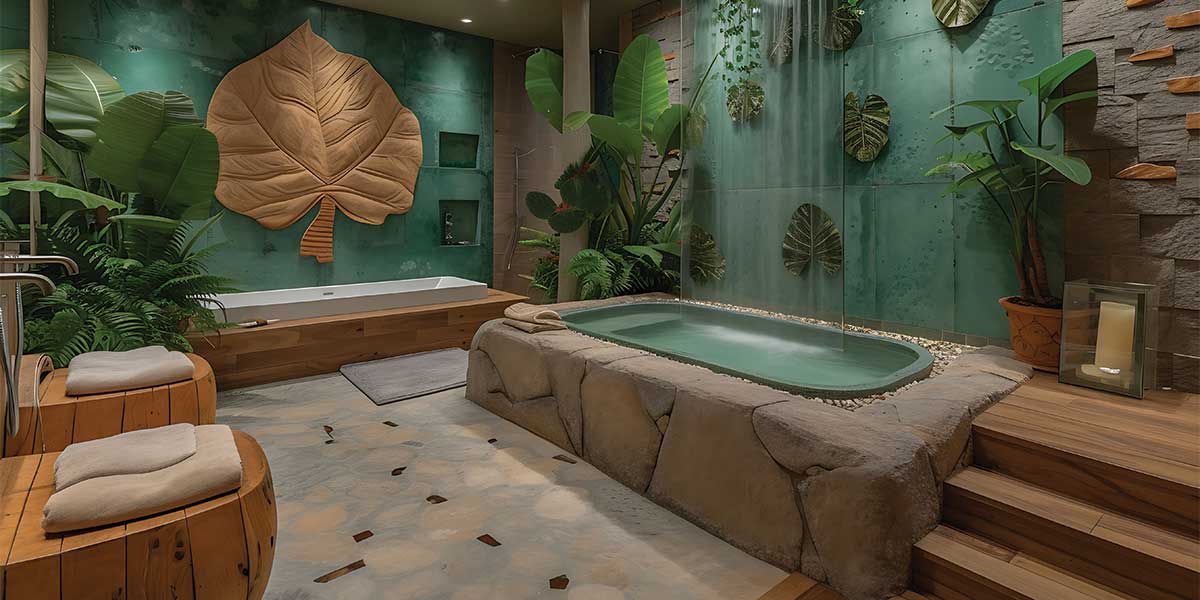Thinking about installing a spa at home? Great choice! Spas offer a luxurious way to unwind, reduce stress, soothe sore muscles, and enjoy time with family or friends. But before jumping into your warm, bubbling retreat, it’s crucial to ensure the installation and wiring are done correctly.
At Expert Electric, our certified electricians have helped countless homeowners safely and efficiently set up their spas. To guide you on your journey, we’ve compiled essential Spa Installation and Wiring Tips to keep you informed, safe, and stress-free from the start.
1. Plan with Safety and Code Compliance in Mind
Before purchasing a spa or beginning installation, review all local building and electrical codes. Many municipalities require permits for outdoor electrical circuits and new structure additions like a gazebo or spa shelter. Failing to comply with regulations can lead to costly fines, electrical hazards, or voided warranties.
Always contact your local city hall or inspection department to confirm the specific requirements in your area. In B.C., the BC Safety Authority oversees these inspections.
2. Obtain the Necessary Permits
Permit approval is not optional, it’s mandatory for a safe and legal installation. Whether you’re:
- Adding a spa to your backyard,
- Building a patio enclosure,
- Or upgrading electrical circuits,
You’ll need an electrical permit and possibly a building permit. These permits ensure your installation follows the Canadian Electrical Code (CEC), especially when dealing with 240V hard-wired spas or installing new breakers.
3. Choosing the Right Spa Foundation
Your spa’s foundation isn’t just aesthetic, it’s critical for drainage, safety, and longevity. Choose a spot with proper runoff for rain and snow to prevent pooling water under your spa. Common base materials include:
- Concrete pads: Durable and long-lasting.
- Gravel bases: Affordable and effective when leveled correctly.
- Decks or patios: Ensure the structure can bear the full spa weight, including water and people.
Tip: Never place your spa directly on grass or bare soil, this leads to instability and long-term damage.
4. Spa Electrical Requirements: Know Your Setup
One of the most crucial spa installation and wiring tips is understanding your spa’s power needs. Spas typically fall into two categories:
Plug-and-Play (120V)
- Connects to a standard 15-amp outlet.
- Often includes a built-in GFCI on the power cord.
- Limited heating and jet performance compared to higher-voltage units.
Hard-Wired (240V)
- Requires a dedicated GFCI breaker panel.
- Needs manual disconnect at least 5 feet from the spa.
- Must be installed by a licensed electrician.
Never use an extension cord for either spa type, it’s a major safety hazard. Also, always maintain a safe clearance: spas should be at least 25 feet from overhead power lines and 5 feet from any receptacles or cords.
For a comprehensive breakdown of what the Canadian Electrical Code (CEC) requires for hot tub wiring, including bonding and breaker guidelines, check out Wilson Electric’s in-depth guide to Canadian hot tub electrical codes.
5. Install a Ground Fault Circuit Interrupter (GFCI)
A GFCI is essential for spa safety. It cuts power immediately if a ground fault is detected, preventing electrocution or damage.
For 240V units:
- Use a GFCI-protected breaker panel, installed by a certified electrician.
- Ensure bonding of all metal components like railings, ladders, or light fixtures within 5 feet of the spa.
For 120V units:
-
Make sure the GFCI is built into the power cord, and test it monthly using the test/reset buttons.
Need a visual breakdown of GFCI placement, wire gauge, or grounding zone? The team at HotTubSpa.ca has compiled a useful resource on spa electrical requirements including GFCI specs and installation layouts.

6. Keep Water and Electricity Separate
It goes without saying, but we’ll say it louder: Water and electricity are a dangerous mix. Always:
- Keep all power outlets at least 5 feet away from the spa.
- Avoid locating outdoor outlets where splashing could occur.
- Use weather-resistant, covered outlets if placing one outdoors.
- Install lighting fixtures with damp/wet location ratings.
7. Bonding and Grounding: What’s the Difference?
These two safety practices are often confused but serve different purposes:
- Grounding: Provides a safe path for stray electricity to flow to the earth.
- Bonding: Equalizes the voltage between metallic objects around the spa to prevent shock hazards.
Both are non-negotiable when wiring your spa, and only a qualified electrician should handle these connections.
8. Site Planning: Accessibility, Privacy, and Maintenance
As you determine your spa’s location, consider:
- Accessibility: Ensure there’s a safe path for foot traffic, especially in wet or icy weather.
- Privacy: Plan for fences, landscaping, or enclosures if desired.
- Maintenance access: Leave clearance for servicing the control panel, pumps, and filters.
A poor setup could hinder access for repairs or routine upkeep, resulting in higher costs and frustration.
9. Lighting and Ambiance: Add the Spark Without Risk
Want to enhance the atmosphere? Consider:
- Low-voltage LED path lights
- Dimmable deck lighting
- Motion-sensor floodlights
Avoid string lights or DIY lighting solutions near your spa unless they are rated for wet locations and installed to code.
10. Hire a Licensed Electrician
There’s no substitute for professional experience. Hiring a licensed electrician means:
- Code-compliant installations
- Safe, long-lasting electrical work
- Peace of mind for your family
At Expert Electric, we take pride in delivering premium service and safety. Whether you’re installing a new hot tub or upgrading your electrical system, we’re the name homeowners across British Columbia trust.
Frequently Asked Questions (FAQs)
Q1: Can I install a spa myself?
Technically, yes for plug-and-play units. But for hard-wired spas, we highly recommend hiring a licensed electrician to comply with safety standards and electrical codes.
Q2: How far should my spa be from the house?
There’s no exact distance unless local codes specify one. However, leave at least 5 feet of clearance around the spa for safe access and servicing.
Q3: Is it OK to place a spa under a pergola or roof?
Yes, if the structure allows for adequate ventilation and moisture resistance. Avoid placing your spa in confined spaces where steam buildup could cause damage or mold.
Q4: Do I need a permit for wiring a spa?
Yes. Whether you’re installing a new circuit, GFCI breaker, or disconnect panel, most cities in B.C. require an electrical permit for spa installations.
Q5: What type of wire should be used for a spa?
This depends on your spa’s voltage and distance from the panel. A licensed electrician will typically use THWN or UF-rated wire rated for wet conditions and temperature loads.
Final Thought
Installing a spa is more than just a weekend project, it’s an investment in relaxation, health, and home value. But that investment must be protected with proper installation and safe electrical wiring.
By following these Spa Installation and Wiring Tips, and hiring a professional like Expert Electric, you’re ensuring that your oasis stays safe, energy-efficient, and hassle-free for years to come.
Let us bring your dream spa space to life with wiring that meets all safety regulations and adds lasting value to your home.
Contact Expert Electric
Whether you’re at the planning stage or ready to connect your spa, the licensed professionals at Expert Electric are here to help.
📍 Visit: https://expertelectric.ca
📞 Call Us: 604-681-8338
📧 Email Us: info@expertelectric.ca
Let us handle your spa wiring so you can focus on soaking in the good times!


